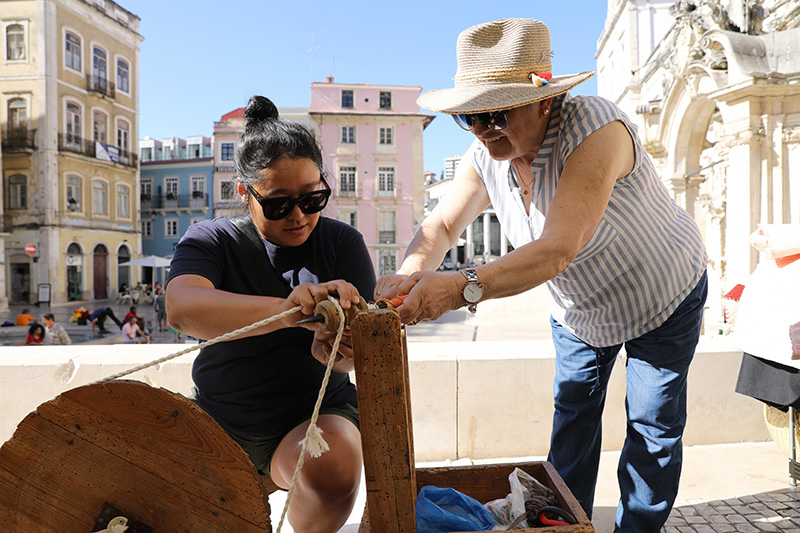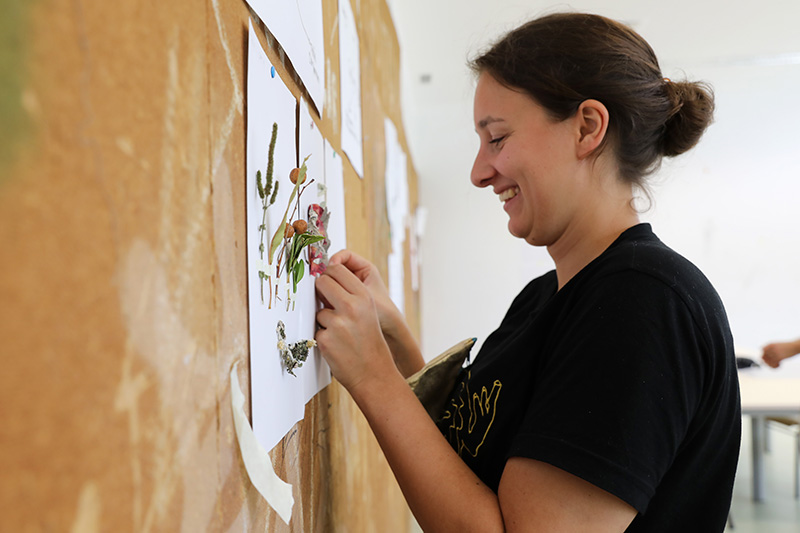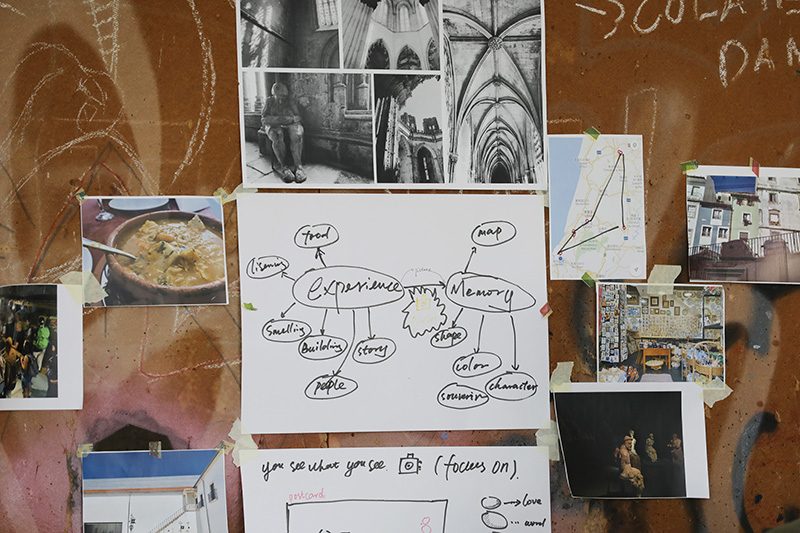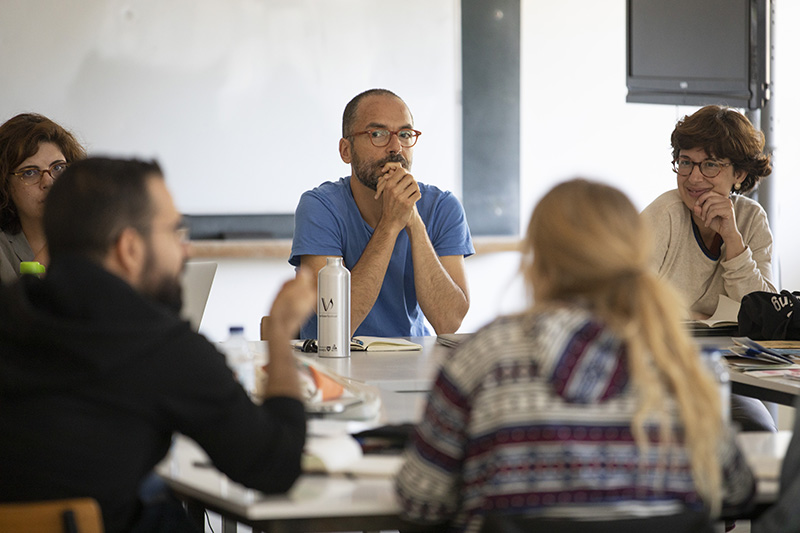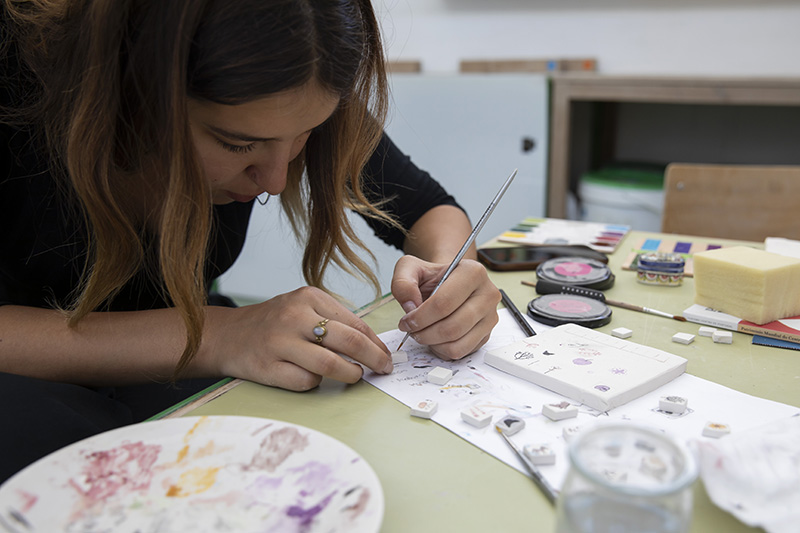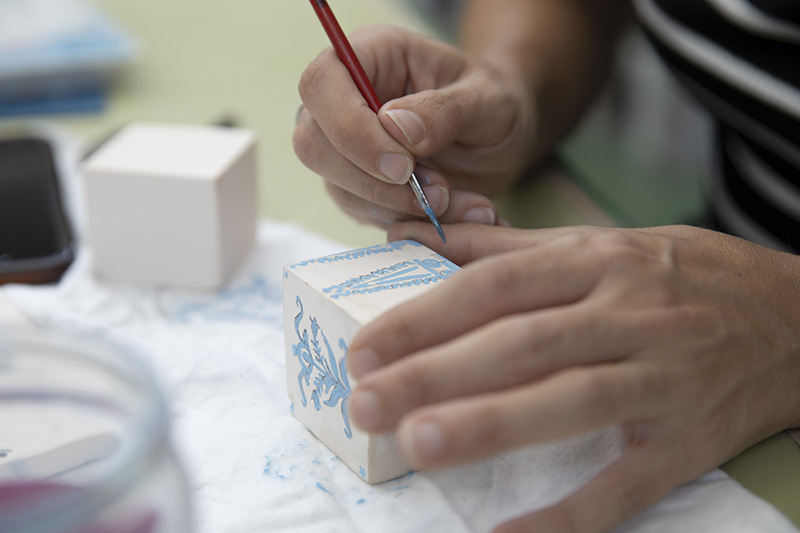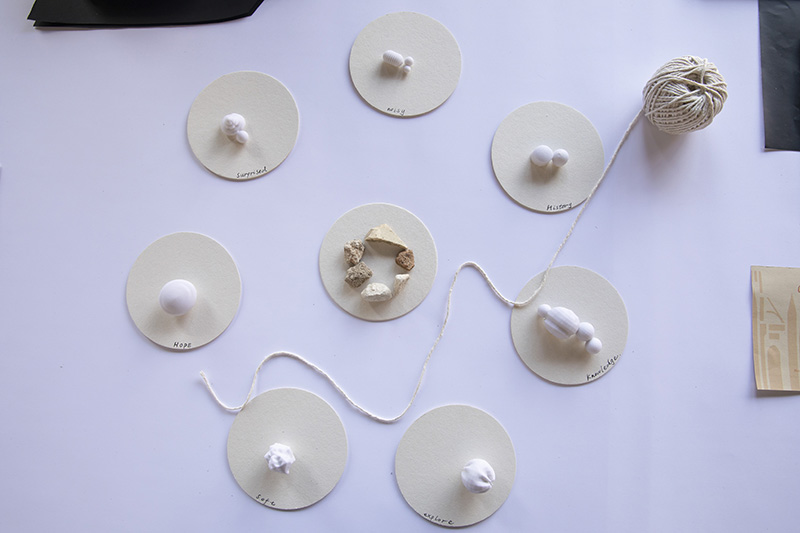How can souvenirs and merchandising contribute to promote the cultural relevance of a site?
Souvenirs also reproduce and sometimes recreate elements of history and local culture. As promotional items, they are bought and circulated by visitors as samples of local memory, though rarely do they speak to the contemporary everyday life of a specific site or city. The result is the diffusion of a distorted image of a place – one with which the locals themselves are often unfamiliar. Based on an individual research this work-shop uses the “souvenir” to explore alternative ways of translating the many features that characterise a place, questioning: how to materialise this in a new memory — object, experience or service. Indirectly provoking discussion about what represents the authenticity of specific place. A souvenir is meant to be something you take or send from a particular place. It is supposed to be a link, a connection to a place, and therefore can also be something you leave there. It can even be a memory. How can souvenirs and merchandising contribute to promote the cultural relevance of a site?
This design workshop focuses on the question of the impact of tourism today addressing its economic, environmental and cultural aspects, as well as its representatives and stereotypes.
A group of international students explored in a touristic 3-day visit 4 World Heritage Sites sites in Portugal, reflecting on the experience and proposing new memories and representations. They could choose from three dimensions: Building, Unbuilding, Preserving. Each suggests specific paths, methodologies and outcomes through which design can foster responsible tourism.
A 9 days challenge to approach, analyse and react to the same territory from a variety of perspectives.











